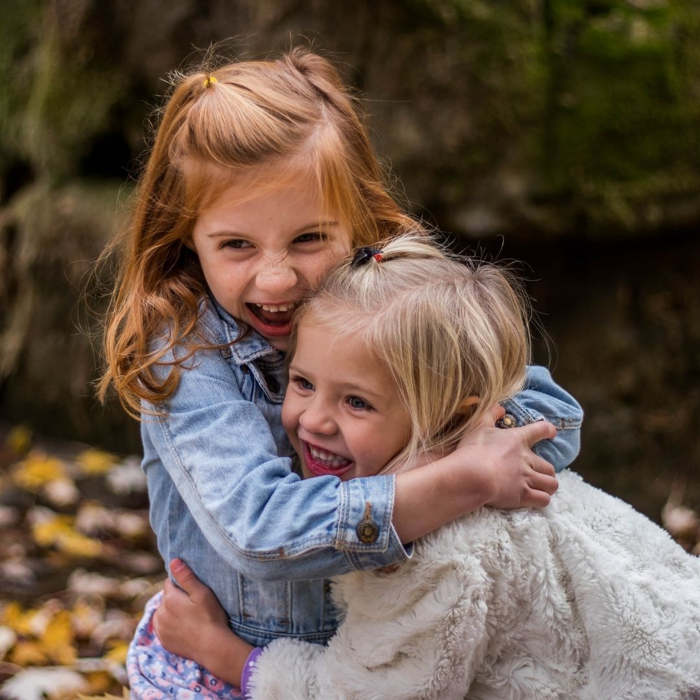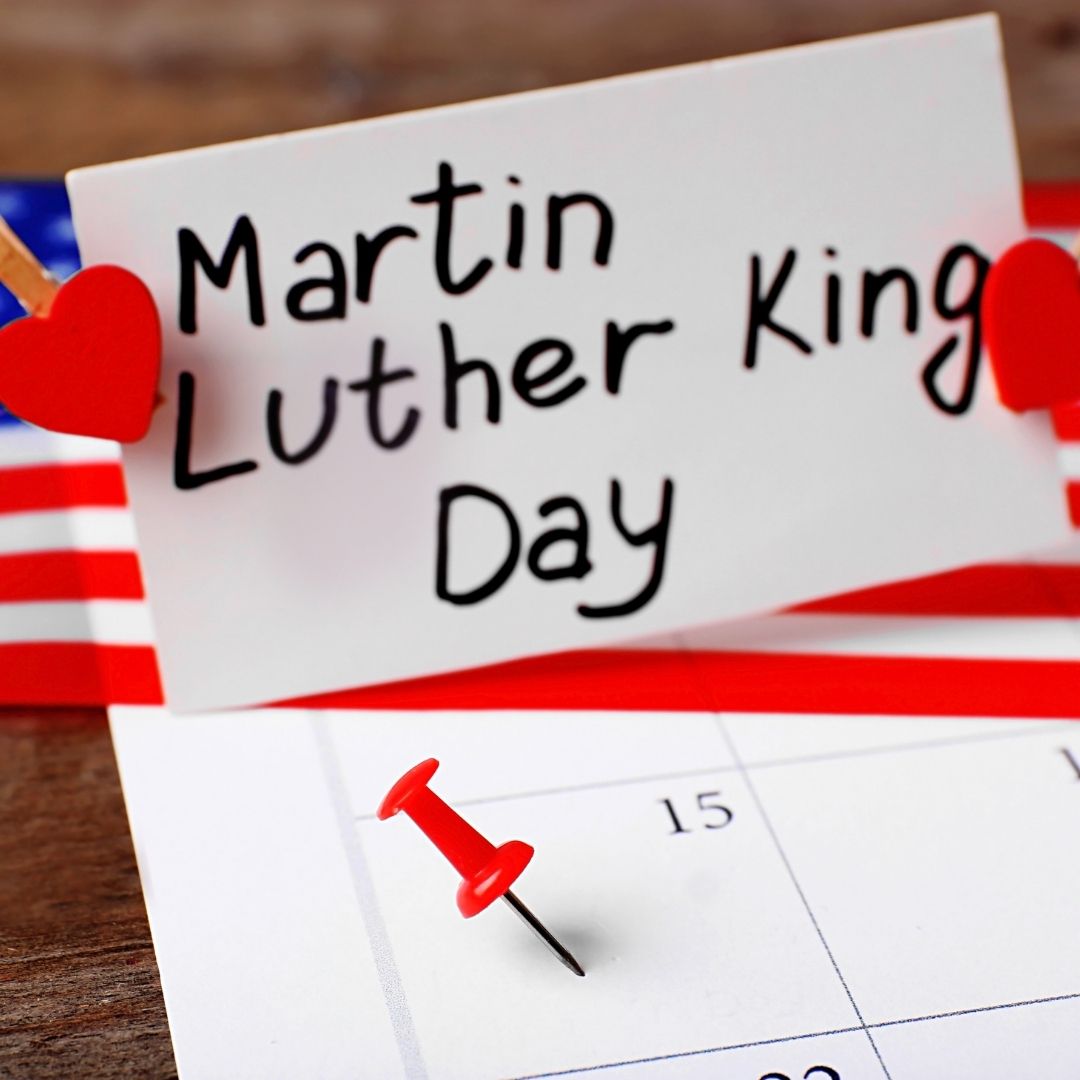
Many of us say, every year, when we have a cold, "of course with the weather, I must have caught a cold". But at the risk of disappointing you, you don't catch a cold straight away.
When you catch a cold, if a swab is taken from your nose a large amount of rhinovirus will be found. The characteristic virus of the common cold. There are over a hundred different species.
When the virus comes into contact with the cells inside the nose, the so-called nasal cavities, it enters them. Then, our brave cells will work to reproduce it in several thousand copies. They die, releasing these multiple copies, which go on to infect other people. Our nose runs profusely, the mucous membranes are congested: it's the common cold.
All this stops after a few days. When our cells have acquired immunity to this virus, whether or not you have taken medication. As you can see, the common cold is a viral disease, not a cold disease.
If we catch more colds during the winter, it is indirectly linked to the temperature. First of all, the disease is contagious and is transmitted between individuals by air and contact. On a dry surface, the virus can survive for up to seven days. And the more you live indoors, the easier this transmission is.
Indoor heating, the main cause of colds
Paradoxically, it is not outside, in the cold, but inside, in the heat, that we catch a cold.
The second reason is mucus. In winter, we tend to overheat our homes. As a result, the air becomes dry, the mucus evaporates more quickly and our nasal cavities are weakened. The virus can then penetrate the cells more easily.
To avoid catching a cold, there is no need to over-cover yourself outside. Especially if you live in a confined space with an indoor temperature of 25 degrees. Above all, we must avoid overheating our homes and ventilate frequently. The barrier measures are the same as for the coronavirus.
Moreover, the circulation of rhinoviruses is currently very low. We are not giving up and we are increasing our chances of getting through this new epidemic wave and the winter colds.





